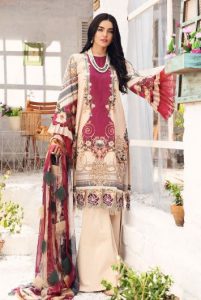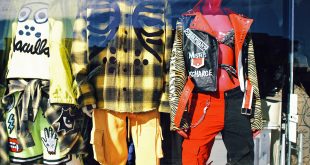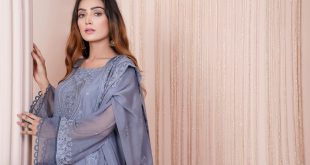Clothing and accessories brands do everything to bring us into their stores, don’t you think? Winter / summer sales period, floating sales, promotions all the way, hard not to crack all year round!]
However, we feel a growing dissatisfaction with promotional marketing, advertisements influencing our purchasing habits, in short a general fed up with the surrounding (over) consumption.
For my part, I think a lot about my relationship with objects and possession, the accumulation of affairs and what is essential for me to live and feel good. And “classic” ready to wear women clothing brands do not coincide with this new desire to consume.
That’s why we suggest you understand why, and where, to buy ethical and eco-responsible clothing! We do not claim to be exhaustive of the solutions with this article but it will, we hope, allow you to draw, like mus, some ideas to put into practice, as well as to share your own
Why buy ethical and eco-responsible clothing?
- A report that fed my awareness
Have you ever heard of the Citarum? It is an Indonesian river, considered to be the most polluted river in the world due to toxic discharges from textile companies that are established on its shores. There are 500, while 14 million Indonesians draw their water from this river for agriculture, fish farming and their daily consumption.
On Wednesday June 5, World Environment Day, France Culture, in partnership with France 5, presented on the channel “Vert de rage”, a documentary series by Martin Boudot which investigated environmental scandals in the world, including the pollution of this river.
In the report, he investigated in particular the Uniclos and H&M factories, brands from which Man and I have already bought several times … (I invite you to also read the article: “Why H&M does not care us ”). I was unaware of the number of industrial pollutants (including chromium, lead, pesticides and so many others) nor of the astronomical amount of water needed in the making of clothes.
This report was a real awareness of both the reverse side of fast fashion (I did not know the expression) and the harmfulness of the clothes I wear on my back every day …
The preferred materials
Fiber of plant origin
– Organic cotton: grown without pesticides, GMOs or chemical fertilizers and consumes less water than traditional cotton by around 60%. It is indicated by the Global Organic Textile Standard (GOTS) label.
– Flax: material cultivated without pesticides, chemical fertilizers or genetically modified seeds. It is one of the most ecological fibers because its cultivation requires little fertilizer and has a higher yield rate than cotton. In addition, France is the world’s leading producer!
– Cupro: material resulting from the recovery of cotton waste (cotton fibers too short to be spun). The fibers are processed in an ISO 14001 certified factory respecting the Oeko-Tex standard. Most of the solvents used in the transformation process are recycled.
– Tencel Lyocell: the most sustainable natural fiber, made from trees, mainly eucalyptus (cellulose).
–Hemp: a flexible fiber that requires little water to grow.
– Modal: fiber obtained from beech wood in sustainably managed forestry operations.
– Piñatex: vegetable leather made from pineapple leaf fibers.
Fiber of animal origin
– Labeled silk: it comes from fair trade or from a brand labeled with an environmental label. Unlabelled silk will surely have been made in China or India in a production process that uses chemicals and with workers working in non-respectful working conditions.
– Untreated wool: no pesticides. In wool, we find:
Cashmere: noble raw material, renewable and biodegradable, endowed with an incomparable softness.
Alpaca: 100% natural high-end wool with a fine, light and silky fiber, non-irritating, it does not contain lanolin, an allergenic substance present in classic wool. It is a fiber with high insulating power. The alpaca comes from a camelid (close to the llama), native to South America.
Mohair: noble raw material, renewable and biodegradable. It comes from the down of Angora goats and offers a setting of extreme softness.
– Natural leather: from the food industry and tanned in a natural process – without the use of chemicals and harmful, which makes it biodegradable, and above all non-polluting at the time of tanning.
For more details, please visit: shurooq.pk
 Bloggers Trend Keeping You Up To Date
Bloggers Trend Keeping You Up To Date




